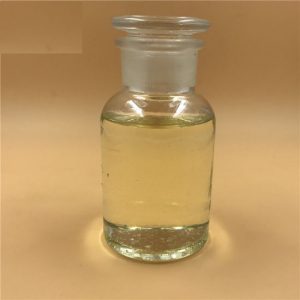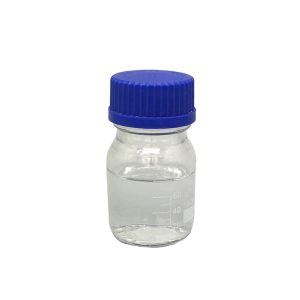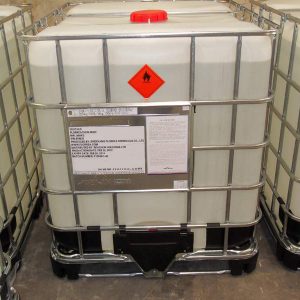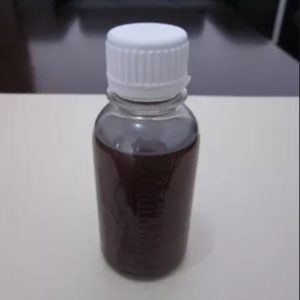Description
Potassium Amyl Xanthate: A Key Player in Mineral Processing
Unlocking Value from Ore: The Role of Potassium Amyl Xanthate
Potassium Amyl Xanthate: Properties, Uses, and Considerations
Diving Deep into Mining Chemistry: Understanding Potassium Amyl Xanthate
Here’s a possible article incorporating key information:
Potassium Amyl Xanthate: A Key Player in Mineral Processing
In the world of chemistry and industrial processes, certain compounds play pivotal roles, often behind the scenes. Potassium amyl xanthate (PAX) is one such substance. This seemingly unassuming chemical is actually a powerful tool, particularly in the realm of mining and mineral processing. Let’s delve into what potassium amyl xanthate is, its properties, uses, and the considerations associated with its application.
Potassium amyl xanthate is an organosulfur compound with the chemical formula CH₃(CH₂)₄OCSSK. It belongs to the family of xanthates, which are characterized by the presence of the -OCSS⁻ group. PAX is typically found as a pale yellow or light tan powder or granules, and while it possesses a faint and somewhat unpleasant odor, it is generally considered stable under normal storage conditions.
Several properties of PAX contribute to its effectiveness in mineral processing:
Selectivity: One of its crucial traits is its ability to selectively bind to specific metal sulfide minerals. This selective affinity is based on the compound’s interaction with the metal ions on the mineral surface.
Hydrophobic Character: Upon adsorption onto mineral surfaces, it gives them a hydrophobic (water-repelling) character. This is crucial for the froth flotation process, which relies on the separation of hydrophobic particles.
Reactivity: PAX is a relatively reactive compound, which is essential to its role as a collector in flotation processes.
Solubility: It readily dissolves in water, which allows for easy application in processing solutions.
The Crucial Role in Mineral Processing: Froth Flotation
The primary application of potassium amyl xanthate lies in froth flotation, a widely used technique for separating valuable minerals from gangue (unwanted materials) in finely ground ore. Here’s how it works:
Ore Crushing and Grinding: The raw ore is crushed and ground into a fine powder.
Pulp Preparation: The finely ground ore is mixed with water to form a slurry or pulp.
Collector Addition (PAX): PAX is introduced into the pulp. It selectively adsorbs onto the desired metal sulfide minerals, making their surfaces hydrophobic.
Frothing Agent Addition: A frothing agent is added to create a stable froth.
Air Injection: Air is bubbled through the pulp. Due to their newly hydrophobic nature, the targeted mineral particles attach to these air bubbles.
Froth Separation: The mineral-laden air bubbles rise to the surface and form a froth, which is then collected, separating the valuable mineral from the unwanted material.
PAX’s role as a collector is critical because it enables the separation of specific minerals based on their chemical properties. Without such a selective compound, these complex separations would be far less efficient.
Beyond Mining: Other Applications
Though its primary use lies in mineral processing, PAX has other, albeit less common, applications. These include use in the rubber industry as a vulcanization accelerator and in the synthesis of other chemicals.
Considerations and Handling
Toxicity: PAX is considered harmful if swallowed and can cause irritation to the skin and eyes. Appropriate personal protective equipment (PPE) should always be worn when handling it.
Environmental Impact: As with any chemical used in large quantities, the potential environmental impact must be considered. Responsible disposal and mitigation strategies are necessary to minimize risks associated with its use.
Storage: PAX should be stored in a cool, dry, and well-ventilated area, away from incompatible substances.
Conclusion
Potassium amyl xanthate, often unseen by the public, is a workhorse chemical in the mining industry. Its ability to selectively bind to metal sulfide minerals and render them hydrophobic is essential for the froth flotation process, which enables the extraction of valuable minerals from their ores. While its usage is not without environmental and safety considerations, the importance of PAX in unlocking mineral resources makes it vital to a wide range of industries. Understanding compounds like potassium amyl xanthate is crucial to appreciating the complex processes that bring raw materials to our world.
Optional additions for the article:
Specific examples of minerals extracted using PAX: This could include copper, lead, zinc, or nickel sulfide ores.
A comparison with other xanthates: Discuss variations within the family and how they relate to PAX.
A future outlook: Briefly discuss any innovations or research trends in xanthate chemistry.
This article provides a good overview of potassium amyl xanthate, covering its key aspects in a comprehensive manner. Remember to tailor the tone and level of detail to your specific audience.














Reviews
There are no reviews yet.